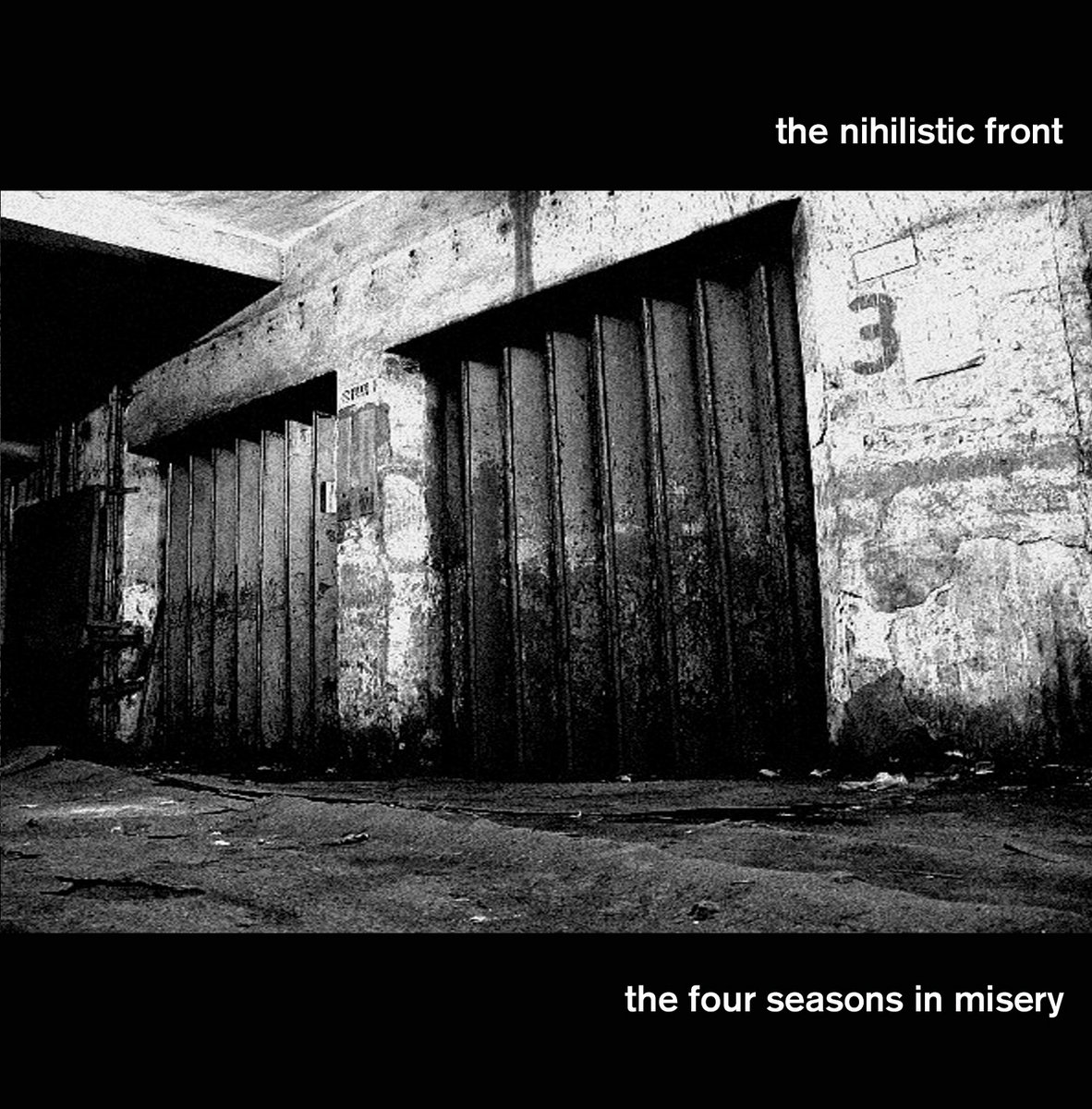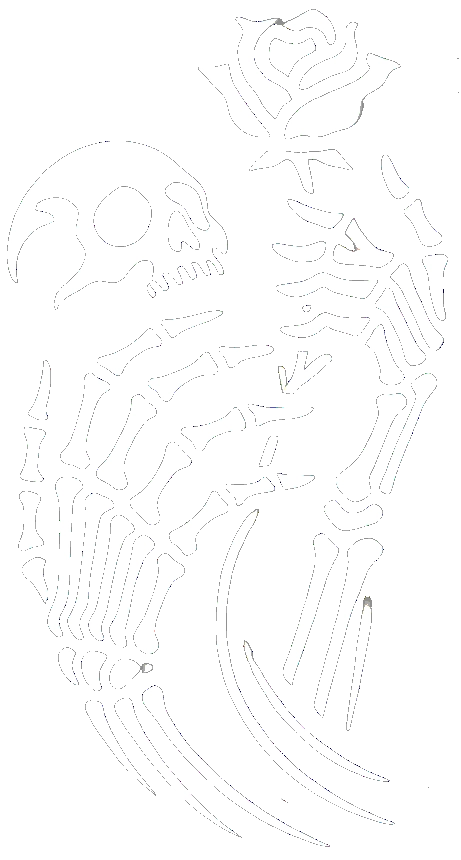The Human Deficiency of Nature
“The human organism lacks the necessary biological equipment to stabilize human existence. Its existence, if reduced to purely organismic means, would be a life in chaos. Such chaos is theoretically conceivable but empirically unprovable. Empirically, human existence takes place within a web of order, direction, and stability.” (Berger & Luckmann)
The stability of social order is rooted in the biological constitution of humans as deficient beings open to the world. The lack of a biological predisposition that places humans in interaction with a specific environment within a natural order enables them to construct their own world and society. This world is the product of a social and creative process. Yet, it also serves as a necessary defense against the chaos that would define humanity reduced to its organismic state. This chaos is an intrinsic part of human reality, manifesting in both fears and desires. It fuels the longing for freedom and escape from cultural constraints as well as the fear of losing order, security, and stability. However, this stability has always been a fragile and translucent concept, revealing itself as a perforated veil in times of social crises—one that can easily be torn, if only temporarily.
With punk, new wave, post-punk, and industrial, a conceptual idea entered pop culture that pierced this very veil. The cracks in the illusion of stable social order became visible in the works of Throbbing Gristle, Devo, the Neubauten, The Birthday Party, Laibach, DAF, and others. Making the ambivalence of human “nature/lack of nature/nature deficiency” a central theme was and remains a core factor in the cultural significance of punk, post-punk, and industrial/post-industrial. The latter borrowed the psychedelic experiments of the hippies and psychedelic rockers but inverted their aims. Industrial was not about imagining an ideal but about confronting the human condition in all its extremes and depths. Recordings with new techniques, experiments with sound effects on the body, sessions in uncomfortable and undesirable settings, explorations of emotional and psychological dislocation—some industrial projects locked themselves in basements to experiment with tape loops, others subjected themselves to overwhelming noise to the point of dizziness. In subsequent decades of avant-garde pop culture, various artists, including death-industrial, black metal, and drone doom acts, drew on these ideas to continue the tradition. They sought to transcend the self through extreme experiences.
These experiments and their results, however, should not be understood as an absolute dissolution of order toward a natural human state. The natural and the human are mutually exclusive. There is no such thing as a natural human condition; therefore, neither madness nor trance is a return to nature. Instead, they represent a rupture in order and its replacement with a different order—one less or not at all reconcilable with socially constructed reality. While it may be a liberation from certain social constraints, it is not an actual escape from the system of the social. An individual cannot retrospectively peel away from their socialization or their selfhood formed through cooperative activity, nor can they oppose the “web of order, direction, and stability” with a natural order.(Berger & Luckmann) Madness and trance are merely alternative orders that society cannot reconcile and often cannot comprehend. Madness itself is a social construct that marks the incompatibility of individual selfhood with social order. Madness as illness is the psychological truth of health, insofar as it represents its human contradiction.(Foucault: Madness and Civilization) Thus, society defines health by demarcating it against sickness and madness—constructing reality by assessing the compatibility of individuality with social norms. Foucault describes madness as a construct that marks the boundary between individual freedom and societal control. And this dialectic is reflected in the performances of australian Band The Nihilistic Front, which create an performativ spontaneous situation to get further away from societal order. An harsh Act right in the tradition of Post-Punk and Industrial.
Playing the Self from the Flesh – The Nihilistic Front
The Nihilistic Front lock themselves in a dark, loud, and often stiflingly hot room to play themselves into a kind of trance, stripping the construction of reality, the order of things, the self from the flesh. Standing close together, the duo pounds out a mostly monotonous framework on their instruments, occasionally deviating in subtle ways. The result resembles écriture automatique, a “monologue as rapidly flowing as possible, over which the subject’s critical mind casts no judgment, imposing no censorship, akin to spoken thought.” This process, however, is influenced by the setting and the oppressively crushing tone of the music largely predetermined, like a ritual, by Gary Martin. The Nihilistic Front’s reduced playing, the heat, and their own physical excess push them to break consciousness free from order and stability, achieving a form of creative liberation.
With The Four Seasons in Misery, The Nihilistic Front documented this approach for the first time. Staying close to industrial tradition, they refused any promotion or follow-up work with the recorded music. No live performances, no further production—this was the project’s credo. The moment itself was all that mattered. The recording was completed, quickly mixed, and released without fanfare.
Down, Satan! – The Four Seasons in Misery
“Without maintenance the Folly had begun to deteriorate badly. The lights had failed on many of the levels, its walls had cooled, its pitch pits solidified. But as the officers advanced through the gloomy vaults in search of Gregorius they came upon ample evidence that despite its decrepit condition the New Hell was in good working order. There were bodies in the ovens, their faces wide and black. There were human remains seated and strung up in many of the rooms, gouged and pricked and slit to death.” (Clive Barker: Down, Satan!)
With The Four Seasons in Misery, The Nihilistic Front built a monstrous structure in which they embarked on a search for the human abyss. A vile beast vomits its profound contempt for the world, society, and reality directly into the listener’s ears. This beast evokes a deeply claustrophobic feeling—trapped and lost within cold walls reminiscent of a crumbling industrial barrack or a besieged air-raid bunker. While outside, the world burns with violence, fires, bombings, and cannibalism, inside there is no light, only darkness and something sinister lurking in the corridors—unrevealed as a creeping panic crawls up the spine. “Down, Satan!”
In Barker’s Books of Blood, the billionaire Gregorius seeks first God and then Satan, desperate for either to reveal themselves to him. Both deny him this wish. Yet in his monstrous structure, Gregorius descends so deeply into the creation of a worldly hell that he encounters the Devil, though not in the form he desired. In his hell, his madness, his detachment from socially accepted order, he constructs one of the greatest human abysses imaginable. A reality of misanthropy, torture, and torment that culminates in an eternal accusation against both the divine and the satanic. In the end, he willingly declares his intention to drown humanity in its own blood.
Musically, The Nihilistic Front stands within this monstrous construct, searching for a subjective hell of the self, shaped by walls and catacombs built from drum machines, monotonous riffing, and at times tormented, at times hate-filled screaming. Their sound situates them somewhere between Disembowelment (without bursts of speed) and early Godflesh.
“Wishing hell upon us all, I want us all to die”
Such a Barker-esque human hell—though lacking literary quality—is also the outcome of Newell’s lyrics. They are an endless struggle against humanity, divinity, the satanic, the worldly, and reality itself. In the title track, a narrative of serial and lust murder reminiscent of American Psycho by Bret Easton Ellis, Newell screams for nothing less than the absolute destruction of existence: “My hate will die when nothing remains” Fueled by self-loathing, madness, and fury: “Killing, they had to die, the weak flesh that inhabit this sewer that is called a planet. Madness that is cocooned in self hatred.” More feeling than thought, this sense of deranged rage continues in Deranged Visions of Insanity. Newell, seemingly possessed, monologues against every societal convention, delivering fantasies of lust murder: “Sometimes I think to myself what it would be like to take another human’s life, to feel a person’s fear before they die. I am now a god as I can take life at will, bodies and souls are at my disposal. Each life that I now take leads onto a new perversion, a craving that I will never satisfy. An abomination upon mankind they suffer gracefully, I cannot turn back.“ Screaming, growling, shrieking, or speaking into the microphone, Newell’s delivery combined with the oppressive music transcends the often comic-like gore scenarios of death metal, arriving closer to a genuine expression of madness.


2 Responses
Best discovery ever for me, thanks to this website. I always thought Disembowelment sounded vaguely industrial, and I’m a life-long Godflesh-obsessive. This band just feels like an expression of all of that. Thanks for the article.
It’s pretty good stuff.